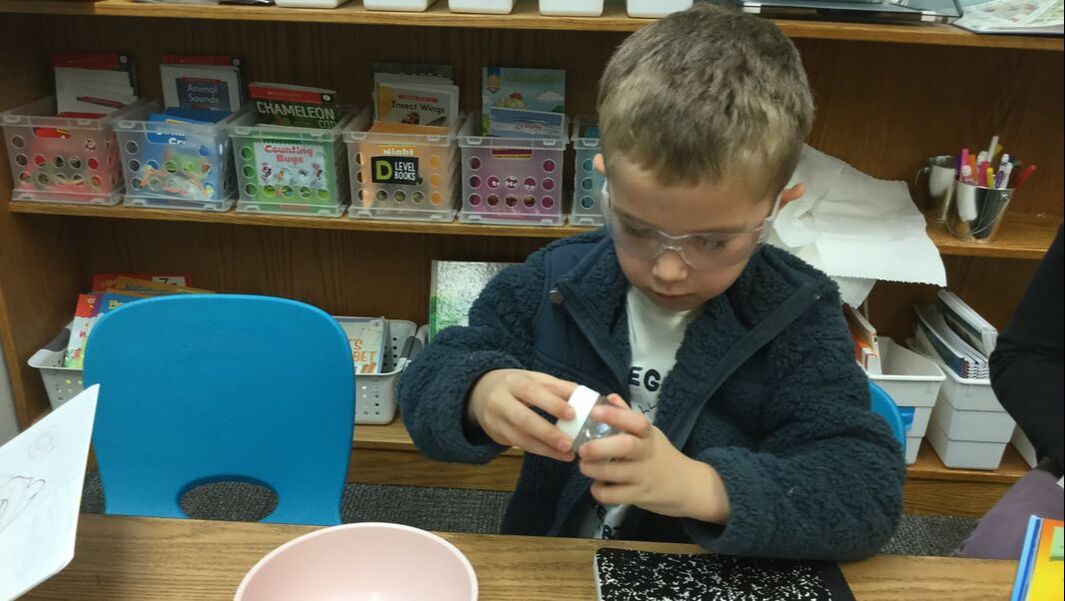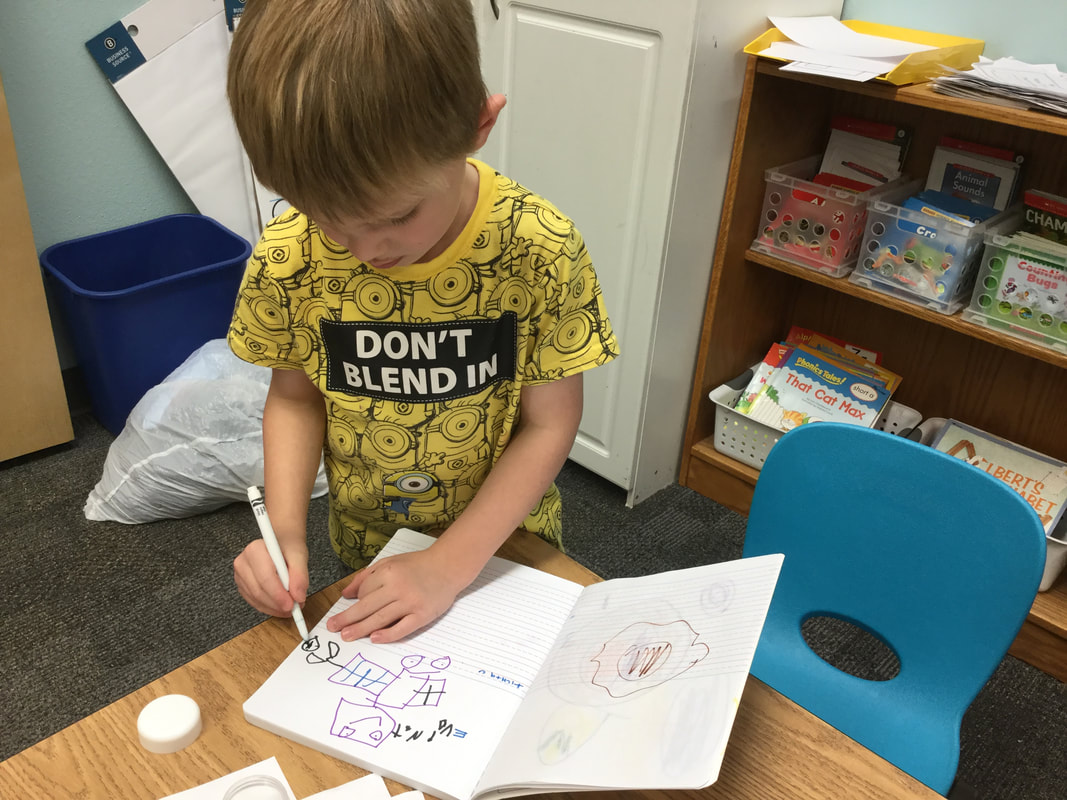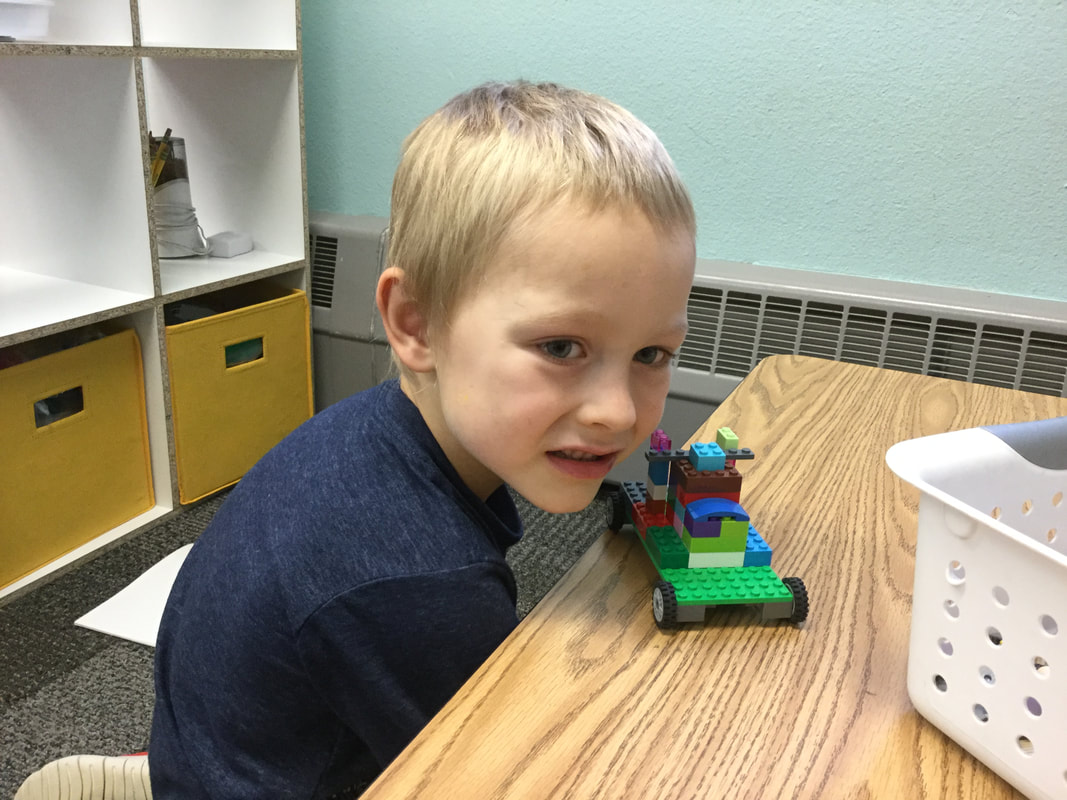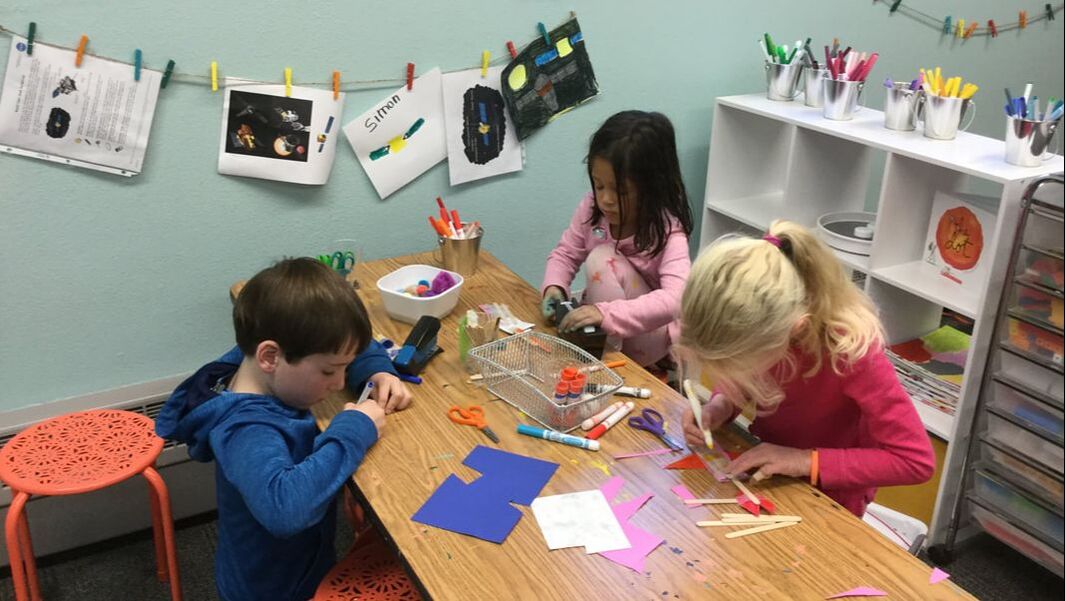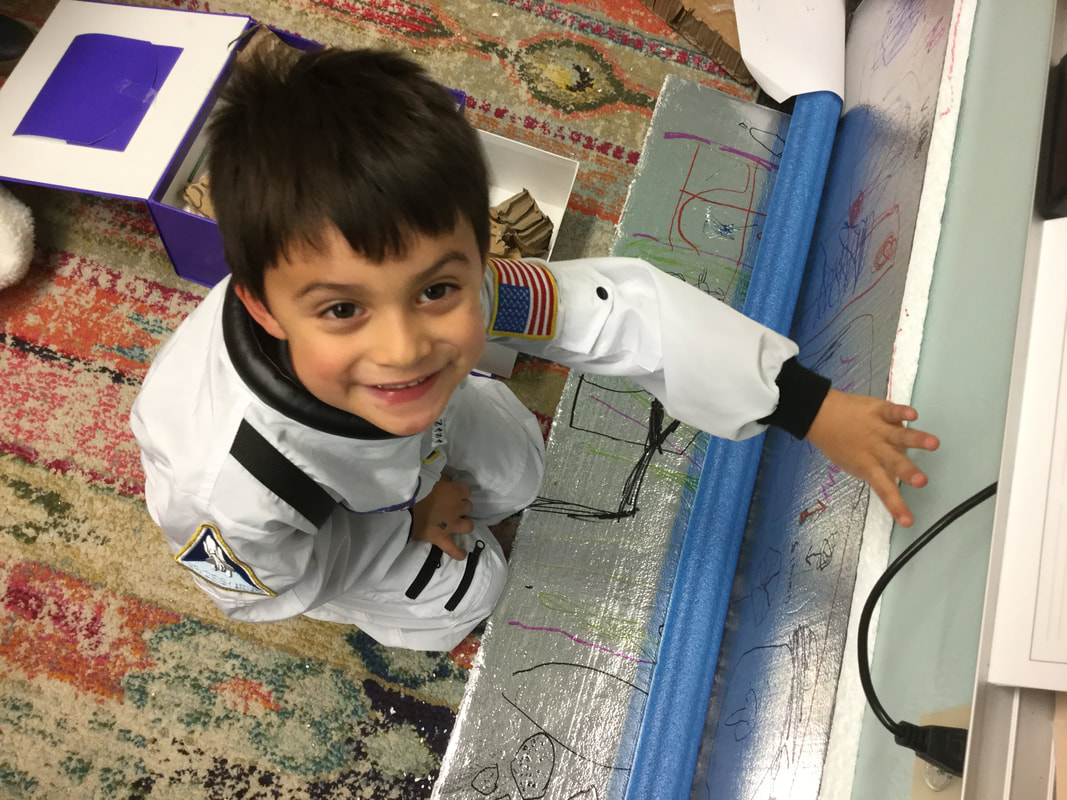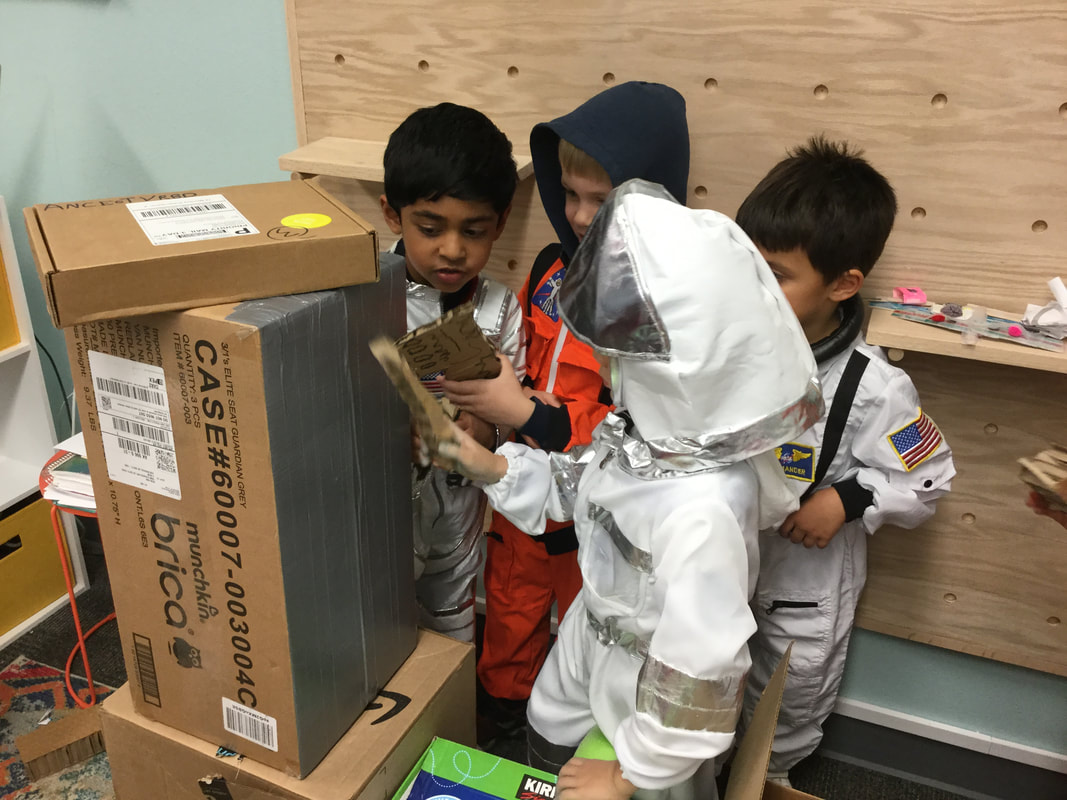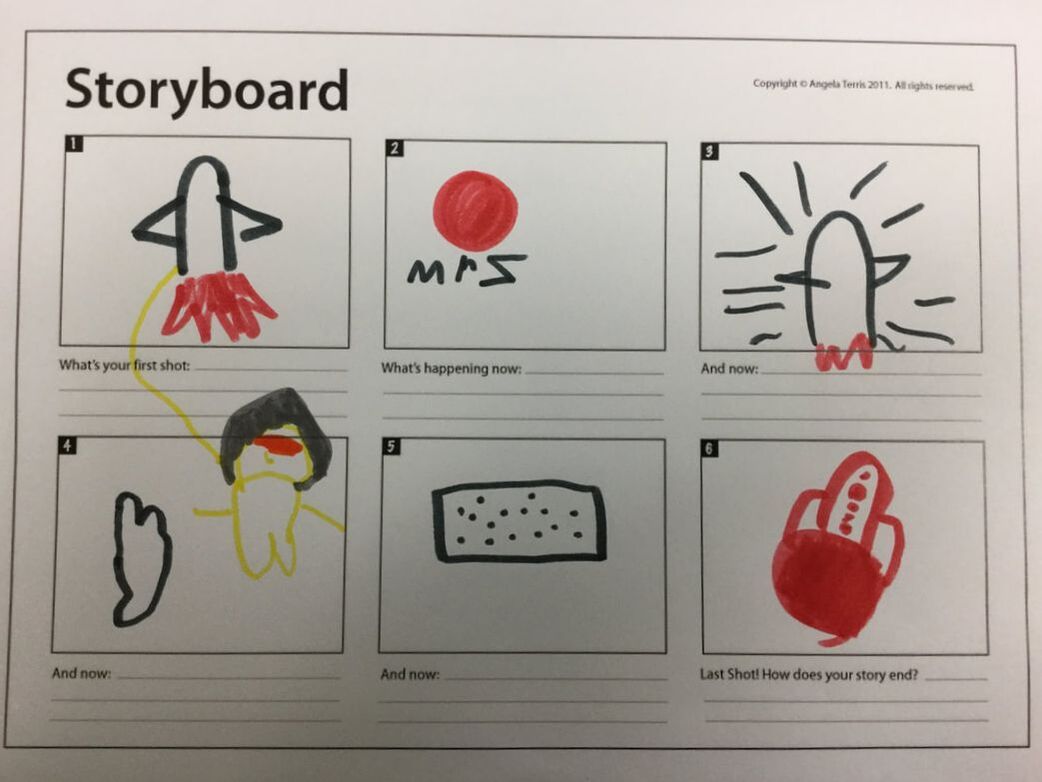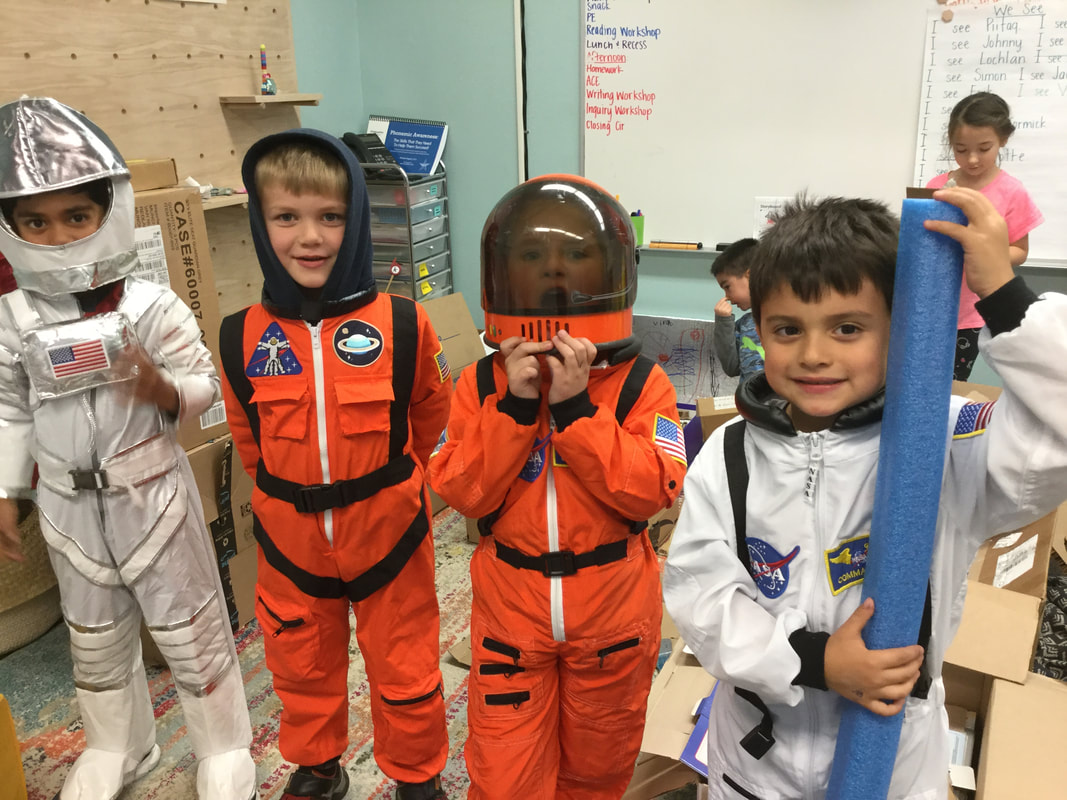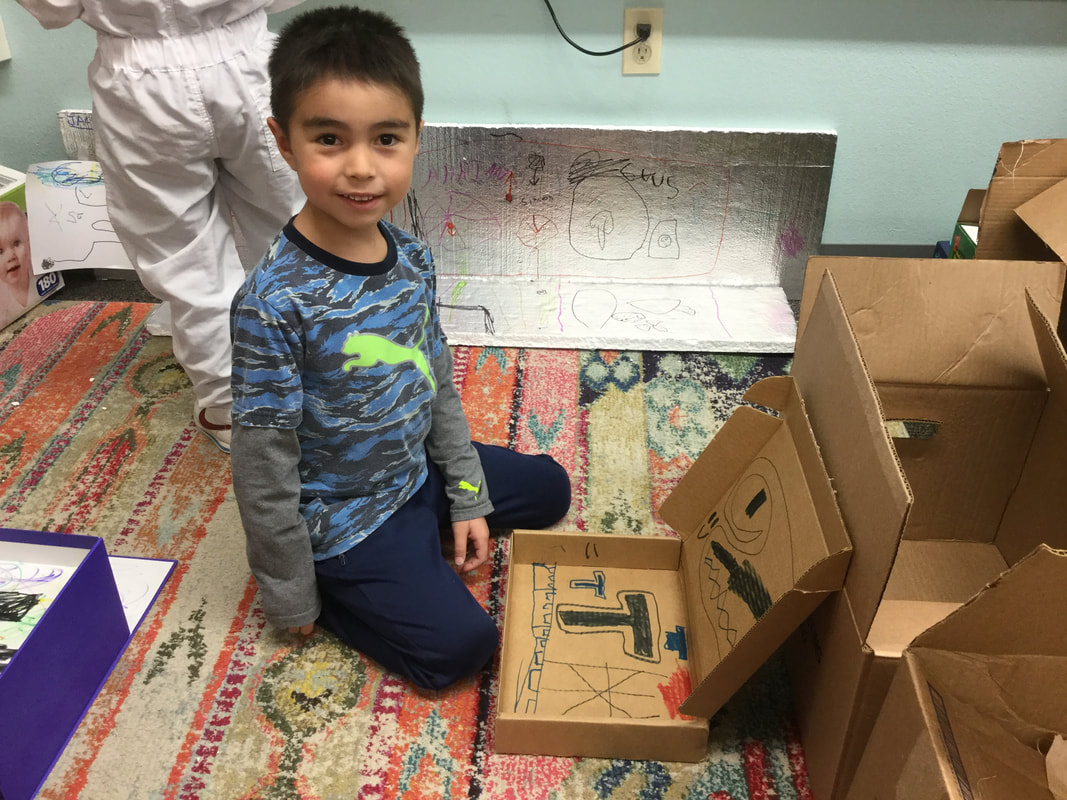Tell me and I forget, teach me and I may remember, involve me and I learn.
-Benjamin Franklin
Other than helping my students stay curious, one of my main goals as a kindergarten teacher is to help my students build independence within the routine and structure of our classroom. Inquiry Workshop, which provides playful and explorative learning opportunities, facilitates both of these goals. During Inquiry Workshop, our little ones work in different areas to ask and answer questions and learn more about a certain topic, all within the bounds of solving a problem or answering a larger, driving question together as a class. Students have the freedom to play, experiment, investigate, and explore the topic from different perspectives by working in the following areas: Science and Exploration, Art and Makerspace, Building and Engineering, Reading and Research, and Imaginative Play.
In “Choice Time,” Renee Dinnerstein captures this idea beautifully when she writes, “Ideally [the classroom] is a laboratory for exploratory learning, a place where children build things, conduct experiments, create innovative art projects, read fascinating books, write original stories, use technology and texts to find out information, and feel free to imagine and try out possibilities. It’s a place where children grow big ideas, make new friends, and dig deeply into exciting investigations.”
This is what I want for our little ones: engaging, authentic learning that not only fascinates and inspires them, but helps them shape and take responsibility for their own learning and explorations as well.
A favorite area during this study (How can we, as travel agents, plan a trip to the sun?) has been Imaginative Play, in which students have the opportunity to act out some aspect of the current topic of study. In this case, our imaginative play was a space mission. To ground the play more fully in our study, I helped the students map out their play with a storyboard. As the year progresses, students will begin to have more independence and will create their own storyboards and act them out during imaginative play. By mapping out their play in this way, students are able to use play to put into effect what they are learning.
Furthermore, it gives students the opportunity to solidify what they are learning in an authentic, developmentally appropriate way. As we completed our space mission, students remembered to make sure they had oxygen tanks, water, and a tether when they left the spacecraft to do repairs. They pretended to catch food that was floating away without gravity, and they collected soil and rock samples to study in the laboratory. Some students were in charge of navigation and mission control, while others took on the task of repairing the damaged solar panel and spacecraft. Each of these things reinforced or extended the learning we had done all week.
As an educator, taking part in or observing their play gives me the opportunity to clarify any misconceptions and know how to extend our learning further. In this case, we discussed which planets astronauts could land on and how long it would take to travel to different places in our solar system.
The students who take place in the imaginative play scenario share this information with the rest of the class. Students in the other areas share what they are learning as well. In this way, students learn to collaborate with, learn from, and teach one another. They are active participants in the learning and are responsible for sharing their knowledge and discoveries with each other. Not only does their curiosity grow, but they build independence in learning, exploring, and collaborating with others to ask and answer questions and solve problems.
The students who take place in the imaginative play scenario share this information with the rest of the class. Students in the other areas share what they are learning as well. In this way, students learn to collaborate with, learn from, and teach one another. They are active participants in the learning and are responsible for sharing their knowledge and discoveries with each other. Not only does their curiosity grow, but they build independence in learning, exploring, and collaborating with others to ask and answer questions and solve problems.

